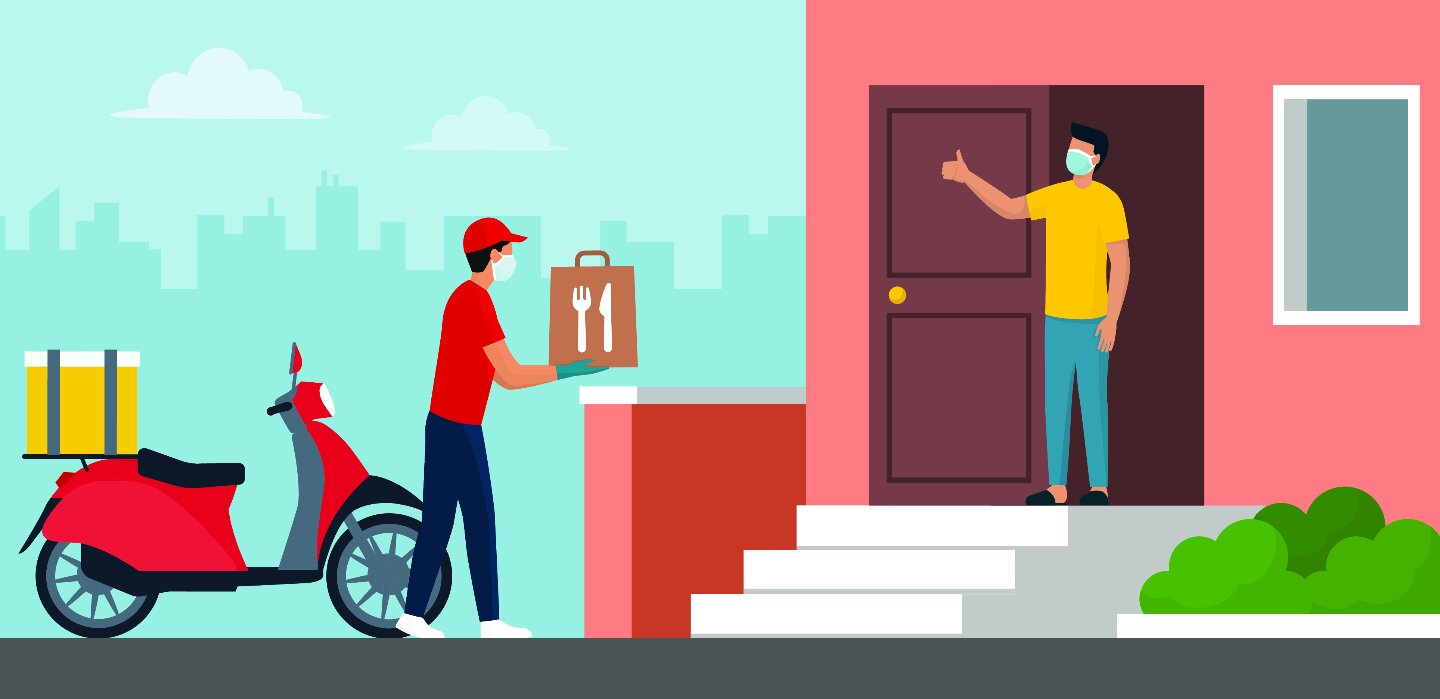My friends and I were planning to go to a Lebanese restaurant in Singapore on a Tuesday night. With the announcement of new heightened measures to fight COVID-19, including no dine-ins and maximum party size of two (from different households), the dinner wasn’t possible.
Like the Lebanese restaurant, many other F&B businesses in Singapore will be swiftly adjusting their delivery operations. With prior experience during the circuit breaker in 2020, can these businesses feed their customers in time, and feed their workers overtime?
Feeding the customers
When demand spikes and orders are not delivered in time, hungry customers will become angry customers. Last year’s Mother’s Day was a good example when people had to wait for a long time for their orders.
Beyond increasing the number of kitchen staff, restaurants are bounded by the number of delivery drivers too, some of whom come from third-party fleets.
The unexpected knight to the rescue here is actually the customer. When customers order ahead of time, the restaurants know when to prepare the food and deliver to customers promptly. Yes, that requires planning in advance. Most people only order right before they want to eat. But if ordering in advance helps you get your food more promptly, why not?
Customers can also opt for contactless delivery if this option is available. This is not just safer for those involved, it also speeds things up for the hard-working delivery driver.
Feeding the workers
As rides are made and meals are delivered, F&B businesses see an increasing proportion of revenue coming from their online business.
Before the circuit breaker in 2020, online business accounted for about 10 per cent of F&B revenue in Singapore. My own studies showed that about half of customers were ordering delivery at least once a week. This is mostly due to customers’ penchant for convenience.
After the Circuit Breaker, online business accounted for about 20 per cent of F&B revenue. In March 2021, this percentage had risen to 23.5 per cent.
This figure also shows that the majority of sales come from dine-ins or physical shops. Hence, while the new heightened measures are not as strict as those implemented during the circuit breaker, they still affect the business to some extent.
Funding and mindset shift will help
Enterprise Singapore has stepped in to help, with packages that subsidise partial delivery costs and extend the businesses’ reach online.
In general, restaurants pay a substantial commission (20 – 30 per cent) for orders placed through the major delivery platforms (Deliveroo, foodpanda and GrabFood). Some of the other delivery providers and logistics companies charge lower fees, but the cost to the restaurant is still substantial.
The ESG funding will reduce the commission fee to the food delivery platforms by 5 percentage points i.e. if the original commission fee is 30 per cent of the order price, the restaurant now only needs to pay 25 per cent.
This support, which will last till 15 June, can help to some extent.
The Restaurant Association of Singapore and Singapore Nightlife Business Association have also posted open letters on their Facebook pages, asking for rental support from landlords and commission support from food delivery partners. Time will tell whether this support will be sufficient.
What F&B businesses can do now is to recognise that the pandemic is not going to go away just because they wish it that way. Even with the prior experience, some are still struggling with the operations. Many, particularly the smaller outlets, are still ill-equipped for the transition, though they are in better shape than they were last year.
Put in place best practices
Besides a mindset shift and technology assistance, F&B businesses can take a leaf from the best practices around.
I have three tips here. First, restaurants can promote takeaway over delivery. Takeaway orders are more profitable because the commission cost is lower. A discounted takeaway price to attract customers will still be more worth it than having to pay the delivery commission.
Second, think about the menu. Deliveroo, foodpanda and GrabFood all give restaurant operators some flexibility in how their menu items are written and presented. The operators can consider limiting the number of items on their delivery menu. This makes it easier for customers to make a selection. In terms of menu items, they should also choose the best sellers as well as high-profit margin items that travel and reheat well.
In addition, research by US online food ordering company DoorDash has shown that good photos and compelling descriptions make a difference. More food customisation options are also able to drive more orders.
Thirdly, think about the customers. Many of them are probably ordering for their families. Design your menu with this in mind. Consider offering family packages and bundles. If a substantial percentage of your customers are families, be sure to offer “kid-friendly” food options.
The delivery game is one that F&B businesses need to master in order to stay ahead. In games and in the real world, we get dealt different cards. Nobody likes the cards on the pandemic, or when you have high demand but not enough capability to fulfill the orders. But leveraging prior lessons, planning ahead and putting in place best practices can help in tiding over the crisis. I very much look forward to the day when I can enjoy dinner with my friends at an onsite restaurant again.
The article is an abridged version of the one first published on CNA.




